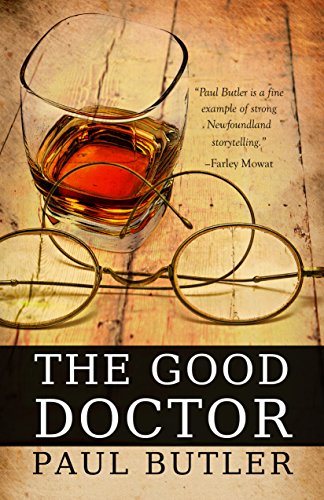The Good Doctor
A young medical student in London in 1880 observes another older medical student named Wilfred Grenfell at work. Such begins a rich characterization of two doctors who, despite their designation as healers of the sick, are themselves ill with jealousy and pride. In love with Florence Mills, they shadow each other through the streets of London, each using her as a counterpoint to their own complaints about the other. Eventually, the young doctor triumphs in winning the girl, and yet the story does not end there.
The plot opens with the younger shadowing Grenfell, then flip-turns to the older shadowing the younger doctor. Then, to the reader’s surprise, in 1910 Portland, Maine, Grenfell, accompanied by Florence Mills, appears to give a lecture about his experiences treating patients in Newfoundland and Labrador. He receives challenges from audience members, who accuse him of being an imposter. And indeed, he is no one else but the younger doctor. In 1940, journalist Judy Agar conducts an interview with Florence Mills and Grenfell’s imposter, which leads to further flashbacks and reminiscences about the men and their lives.
This novel is eloquent and mysterious in its turns of phrase and imagery. Paul Butler provides a deft framework wherein time shifts occur while at the same time providing continuous flow of characterization. His use of Judy Agar as a realistic observer lends authenticity to the plot twists, which otherwise could be somewhat elusive. The author’s use of pronouns and proper names can be confusing in parts, requiring re-reading. Yet overall, this is an interesting narrative which evokes the atmosphere of London at the time of gaslights and tent revivals. A clever use of time-shifts in the service of historical narrative.










